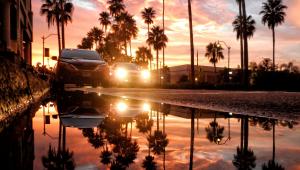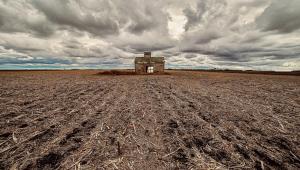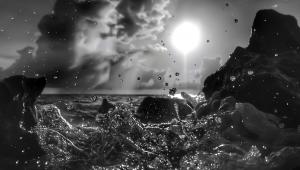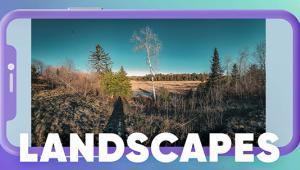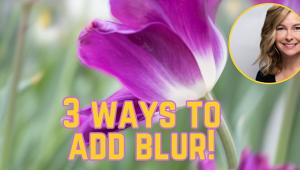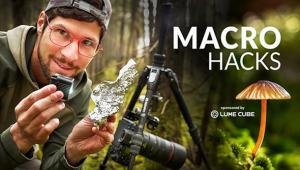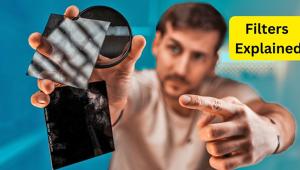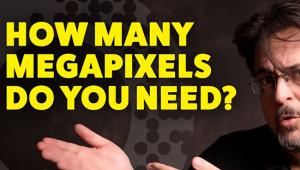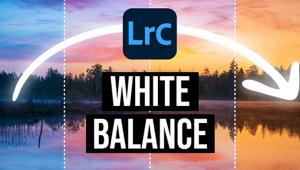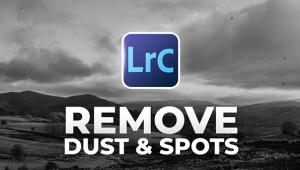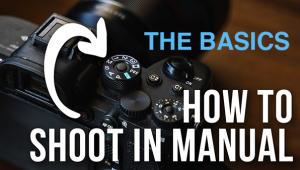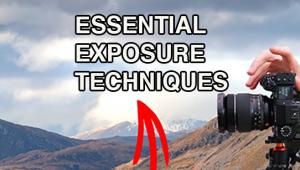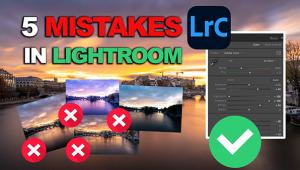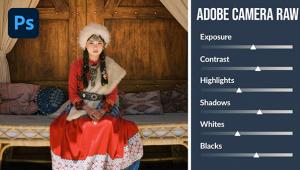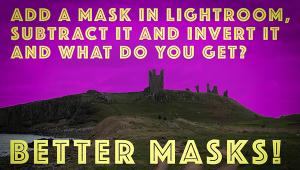Photoflex’s Starter Kits; An Excellent Way To Get Set Up Lighting Products And People
One of the difficulties of getting involved in studio work is trying to figure
out where to begin. There are so many different lighting systems and so many
equipment options available that it's not easy to figure out what's
essential, what might be nice to have, and what really isn't necessary,
at least when you first begin. Just what type of lighting do you need to shoot
creative portraiture? What about taking interesting still life images?
The most common approach for photographers interested in starting in studio
work is to start buying a variety of lighting gear, hoping that it will all
work together and that it will meet their specific requirements. Sometimes that
approach works, and sometimes it doesn't.
 |
|
|
Photoflex has come up with a number of starter kits that eliminate most of
the guesswork in this process. Recently they introduced the "First Studio
Product Kit" and the "First Studio Portrait Kit," two easily
transportable kits that make it possible to shoot products and portraits just
about anywhere there's an AC plug. There's no need for a large commercial
studio and all the related equipment. They're sufficient as the first
set of lights for anyone who's just opening up a small studio on a budget
or for those who might want to try out their hand and step up from on-camera
flash.
Both kits ship with just about everything that you need. The First Studio Product
Kit contains two FirstStar continuous light heads with 250w halogen lamps, two
2205 black aluminum tubing LiteStands with tilt brackets, and a medium-sized
LiteIgloo. The igloo is a compact cloth cover that provides that soft, all-encompassing
light required for professional product photography. It comes with a removable
white sweep for seamless backgrounds and a blue sweep for chromakey setups (shoot
with changing the background in Photoshop or another image-processing program
in mind).
 |
|
|
Setup is extremely simple. The heads slide into tracks on the tilt brackets.
The LiteIgloo folds out. Getting it back together, at least initially, is a
different matter. It's somewhat like the first time you try to repack
a large reflector. It tends to want to keep opening up. Using touch fasteners,
the front of the LiteIgloo can be opened all the way up or positioned with just
enough room for the camera to fit through, so that ambient light won't
leak in. The white and blue sweeps, which need to be pressed before being used
to achieve that seamless look, are also attached inside the light box with touch
fasteners.
Once the system has been set up, light and shadow can be controlled, at least
somewhat, through changing the height and distance of the heads. The closer
the heads, the greater the light intensity, and the higher the heads, the smaller
the soft shadows. While it works with somewhat larger subjects, the LiteIgloo
is best suited for smaller ones. That avoids getting any interior edges into
the frame.
- Log in or register to post comments
